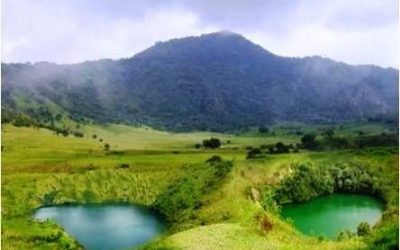
The villages that thrive on subsistence agriculture and hunting, and their portions of farmland are contained to what they occupied prior to the creation of the park
This has further been compounded by the increase in population. (Hypothetical): the population of the area which stood at 39,000 inhabitant in 2009 when the park was created now estimated at 47,000 (projection from MINFOF 2014) in 2016. NB Cameroon has an annual growth rate of 2.51% and a Child dependency ratio of 72.1% (United Nations Statistics Division: 2015)
With this, restricted means of livelihood 50% of children of school age are indulge in child labour; working for anglers for a fish a day or subjected to be house helps in the nearby urban areas where they are paid USD 20 a month.
This is because the meagre household incomes have fallen since they can no longer increase their farm sizes, coupled with their poor agricultural practices of slash and burn.
The introduction of modern agroforestry farming method would diversify and increase production and improve on the income of these 4,500 household, which make up these villages.
This will eventually reverse the current trend and parents would afford for their children’s educations. This will also reduce human pressure on the park and will create a balance between conserving the biodiversity of the Park and the survival and livelihood of the adjacent villages.
The Environment and Rural Development Foundation (ERuDeF) has the capacity and expertise to carry out this project with her 17 years’ experience in conservation and of fauna and flora. She has successfully done so in four regions of Cameroon with resounding results.
A modest sum of USD 345,000 will plant four, 5 million agroforestry trees in these villages to enhance their agricultural production and increase average household incomes. USD 76 spent per household planting fruit trees will multiply this initial amount 10 times in three years and this flow will continue for the life span of the fruit tree.
In the 21st century it will be inadmissible that children living adjacent to the Mt, Cameroon National Park would be deprived of the basic primary and Secondary Education because their communities have been restricted legally to access more farmland; the main source of livelihood. Thus funding this project will:
- alleviate the poverty
- increase incomes of households
For further information, contact us at www.erudef.org



